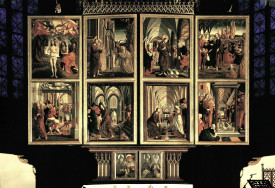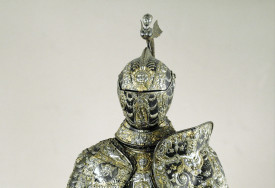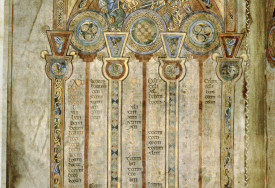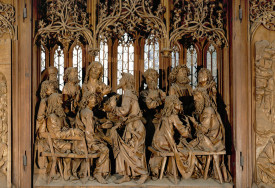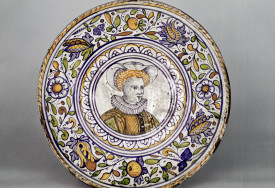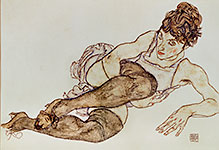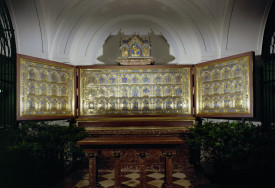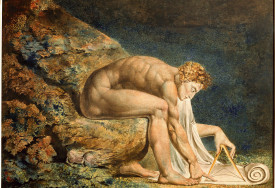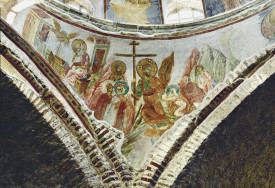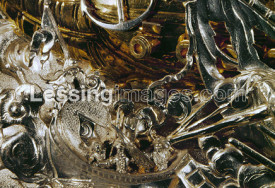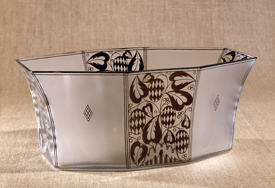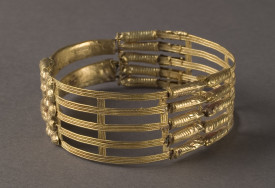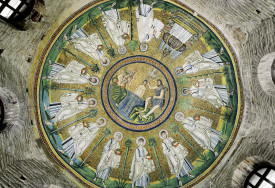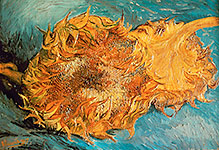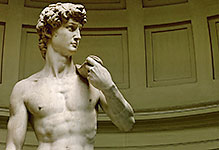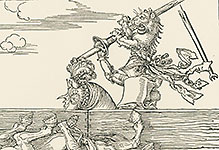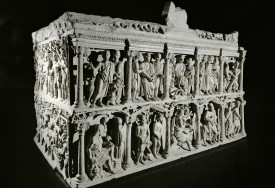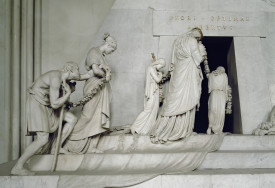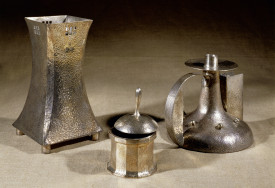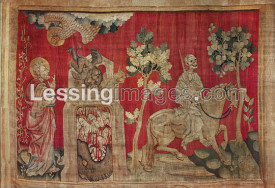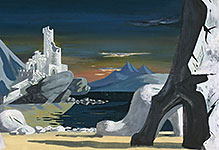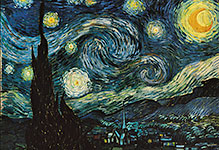
Fine Arts
Painting, Watercolour, Plastic Arts, Woodcuts, Etching, Drawing.

#030702 8
Li Bai, also known as Li Bo, of the High Tang period, 701-762. He was one of th...

#03070211
Young nobleman on horseback From China, Yuan dynasty, dated the 27th year of...

#03070216
Monk,pilgrim,accompanied by a tiger (Xuanzang). China,Donhuang,T'ang Dyn...

#03070218
Prince Shotoku Taishi, Japan, Kamakura period, early 14th. He is shown as a 16-...

#03070226
Liubo players found in eastern China, Han dynasty, 1st-2nd century. The figures...

#03070234
'Fascination of Nature' from China, Yuan dynasty, 1321. The subject of this part...
![A basket of flowers, Ding family of the Jinchang pavillion, Suzhou, 1690. The inscription on this print identifies the Ding family as coming from [near] the Jinchang pavillion. The Jinchang pavillion was near the Chang gate, in north-western Suzhou. This is the area where the district of Taohuawu was located, which had many hundreds of print workshops in the early Qing dynasty. Each print is of an auspicious subject accompanied by a verse which is a pun on the motifs depicted.The basket is an attribute of Lan Caihe, one of the Eight Immortals. It represented a receptacle of riches and was a motif which was often used to evoke harmony. In this case, it comes with the wish that one's luck would be as fragrant and as plentiful as the flowers in the basket. The magnolia, wild apple and peony are all symbols of spring, and so this print would presumably have been used during the Chinese New Year. When the magnolia and wild apple are depicted together, it means, 'May your halls be rich and honoured'. The peony was also known as fugui hua, the flower of riches and honour.
OA, 1906.11-28.3](https://archive.lessingimages.com/photo/34330/thumb)
#03070238
A basket of flowers, Ding family of the Jinchang pavillion, Suzhou, 1690. The in...

#03070244
Copy of an idol venerated in the Temple of the Five Hundred Genii in Canton, Chi...

#03070245
Barbarian trader from Central Asia with horn of plenty. Painted terracotta figu...

#03070248
Monkeys Hanging scroll, silk embroidery. Song Dynasty, China; 10th century CE.

#03070249
Country doctor applying a painful cure of moxibustion (traditional Chinese medic...

#03070250
On the River at Qing Ming Festival. This painting is considered one of the most...
